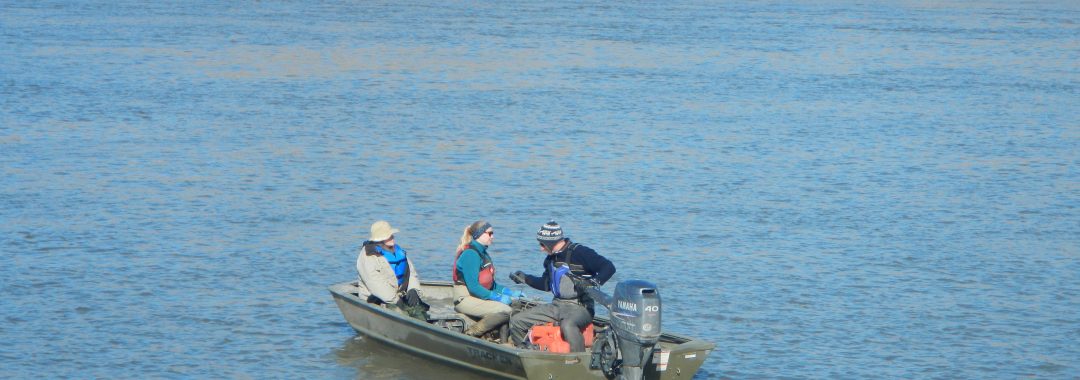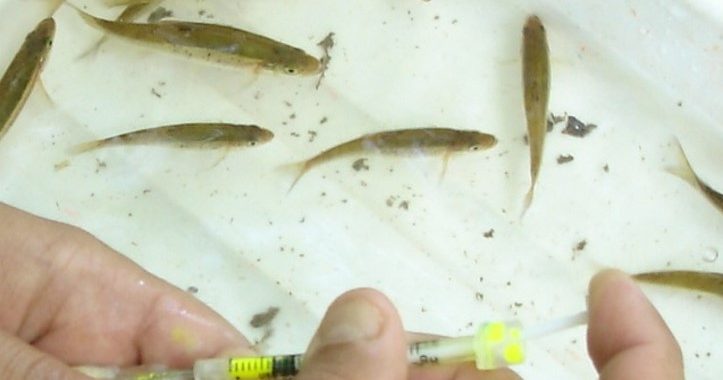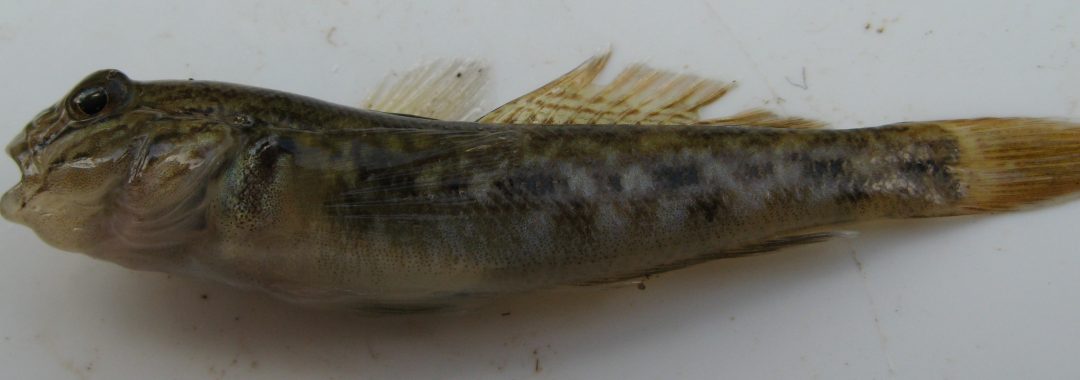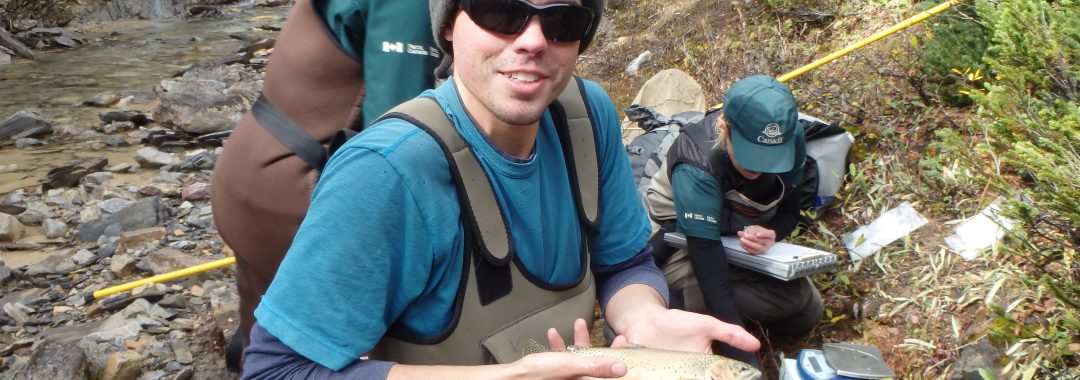Abstract:
Multivariate analyses are important tools for the biological assessment of ecological communities. Despite the popularity of multivariate analyses in bioassessments, there is considerable controversy over how to treat rare species. As this debate remains unresolved, the objective of this study was to develop a methodology to quantify the impacts of removing rare species relative to other decisions inherent in multivariate analyses and to provide insight into their relative influence in our studies. Using fish species from a well-sampled system, we assessed the impact of several choices common to multivariate analyses, including the removal of rare species, ordination technique and measures of multivariate resemblance. Comparisons of multivariate analyses demonstrated the choice of ordination method explained 26% of the variation among the various results, followed by the choices regarding the removal of rare species (24.8%) and resemblance measure (11%). At the same time, the removal of rare species had important site-level impacts relative to full dataset, including a >9 fold change in sites impacted by the removal of single species, with an emphasis on removing species more correlated to anthropogenic stress. Our study demonstrates that the removal of rare species had similar or greater influence in multivariate analyses as other choices inherent in their calculation, such as the choice of ordination method. Better justifications for the removal of rare species, along with all decisions in multivariate analyses, are needed to move bioassessments forward.
Citation: Poesch, M.S. & Jackson, D.A. 2012. Addressing the removal of rare species in multivariate bioassessments: the impact of methodological choices. Ecological Indicators 18: 82-90.
Also Read:










